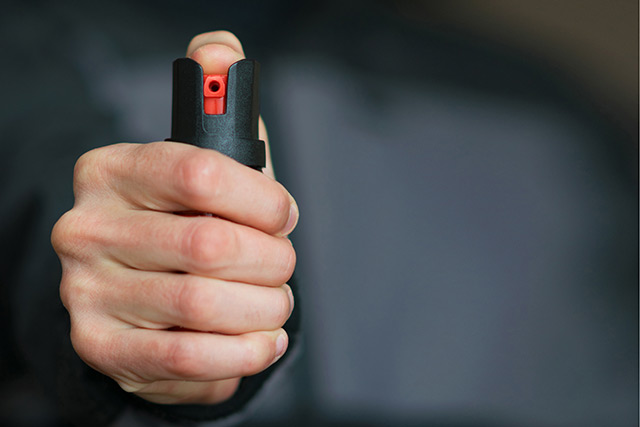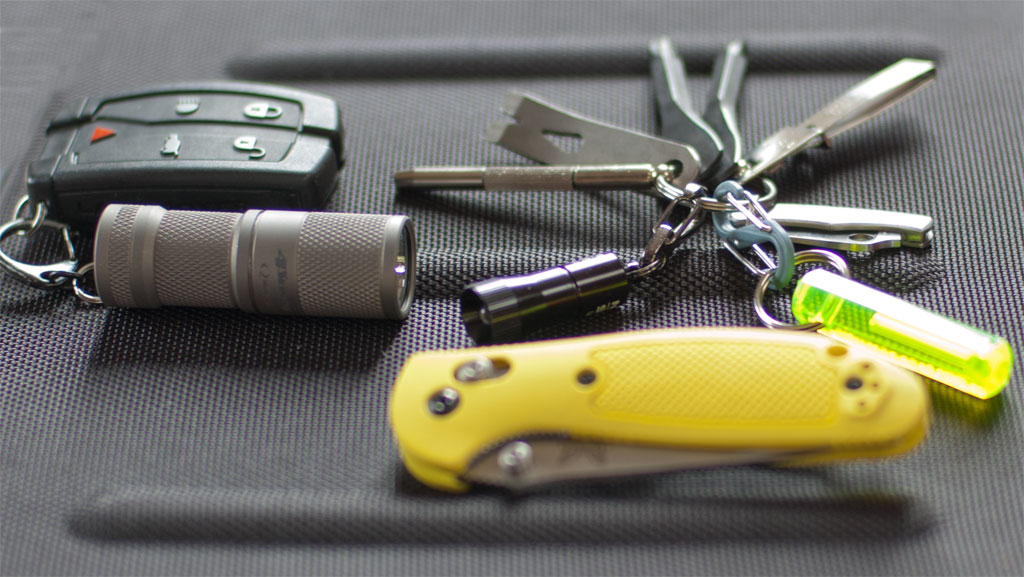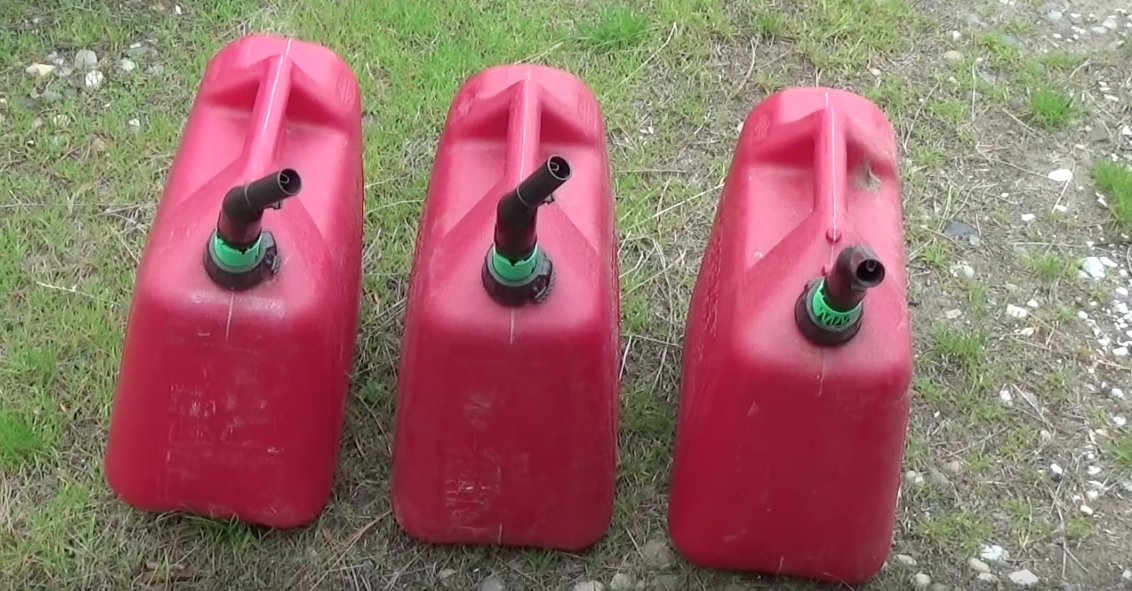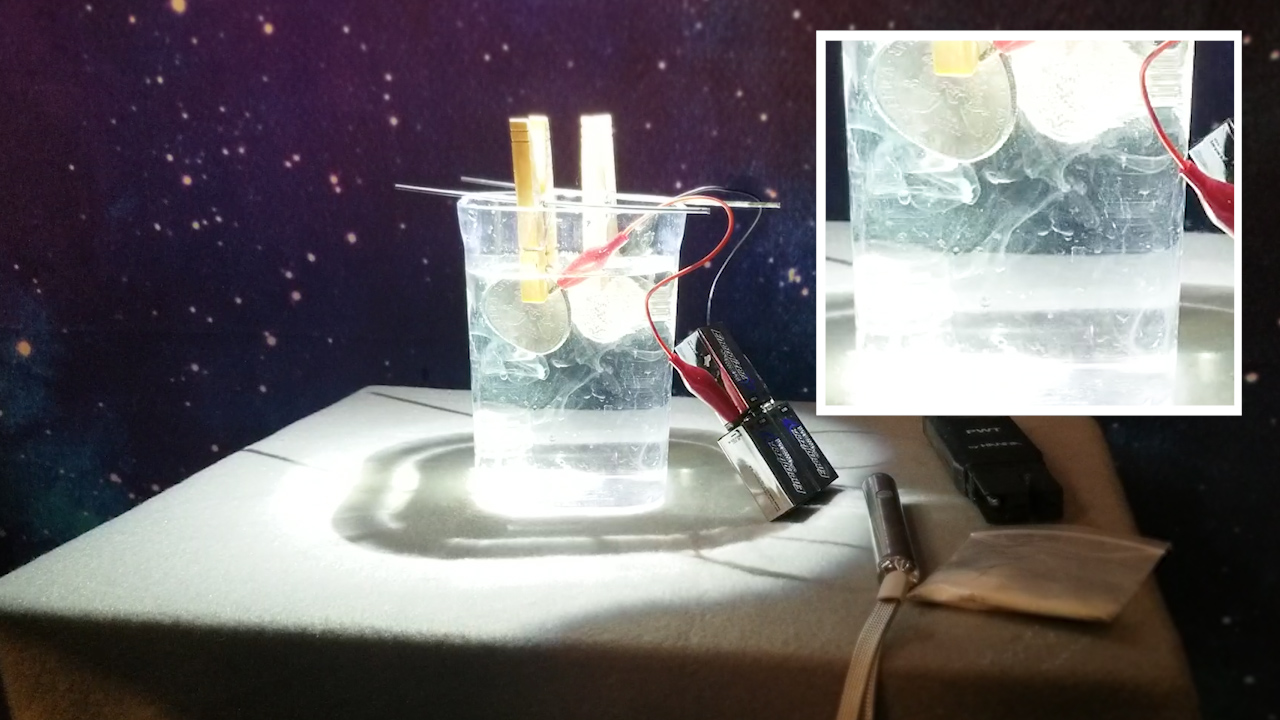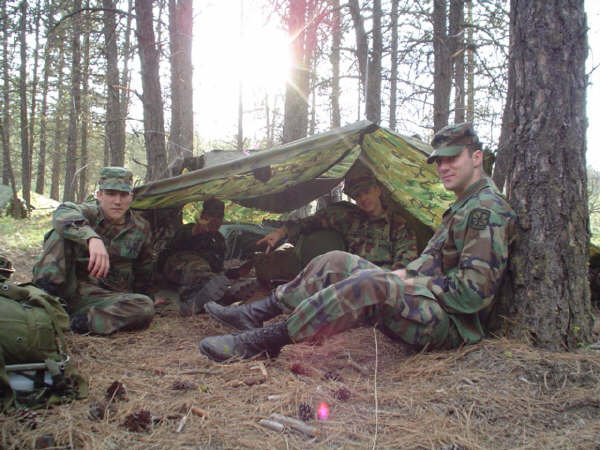Best solar lanterns available today: Review
07/03/2019 / By Edsel Cook
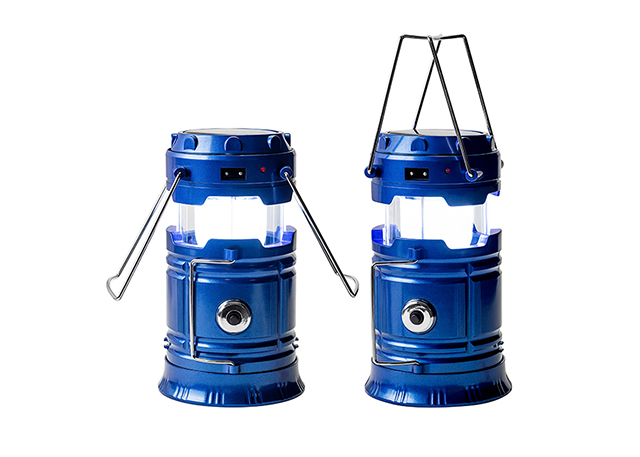
Every camper, prepper, and survivalist needs a solar lantern in their bug-out bag, stockpile, or vehicle. But they need to pick the model and type that best suits their needs.
A lantern functions differently from a flashlight. The latter casts a single beam, while the former spreads light over a larger area. The two are complementary, so make sure to stock both.
The solar lantern uses an LED bulb that gives off more light while using less power. The “solar” in its name comes from the built-in solar panel that lets it charge during the day.
Users must consider their intended roles for a solar lantern. A small unit can fit in cramped areas while a large lamp – or one with a brighter LED light – is better for lighting up big spaces.
Finally, never compromise on quality. Make sure to get authentic units from trusted sources. (Related: Ammo stockpiling: Four more reasons buying more ammo is one of the smartest things you’ll ever do before SHTF.)
Inflatable solar lanterns that can recharge mobile devices
The Luci Solar Air Lantern is a series of inflatable lamps that start small and get bigger when filled with air. The newest model, the Pro, is waterproof, barely weighs anything, and measures less than six inches across. In its uninflated state, it is only 1.5 inches tall. Once filled with air, it stands 4.5 inches tall.
The LED light of the Luci Pro gives off 150 lumens of light. A built-in solar panel can recharge its 2000mAh battery in 14 hours. Furthermore, its USB port lets it get plugged into an external power source or serve as a power bank for recharging mobile devices.
A direct competitor is the LuminAID PackLite Nova. Its collapsed form is shorter than the Luci Pro, but it gives off less than half the brightness of its rival. In exchange, the PackLight Nova offers multiple light settings, including emergency strobe for signaling purposes. Users can adjust the output of the LED light anywhere from 50 to 70 lumens.
The solar lantern has enough battery power to run for up to 24 hours and takes only 10 hours to charge in sunlight. Its bigger brother, the LuminAID 2-in-1 Charger, carries a larger battery, gives off 300 lumens, and has a charging outlet for mobile devices.
Collapsible, portable, and multi-role solar lantern models
The storage form of the Suaoki Collapsible Solar Lantern is roughly the size of a soda can. Once it swings open, it resembles a triple-bladed propeller with a hook that makes it easy to hang overhead.
The top of each blade mounts a sizeable solar panel while the bottom part contains half a dozen LED lights. The angle can be adjusted to either cast light over a large area or focus on something.
The main drawback of the Suaoki solar lantern is its short battery life of two to four hours. While it is cheap enough to merit buying at least two units, it is better suited for emergency tasks instead of extended periods of use, like how Africans use their solar lanterns.
Last but not least is Survival Frog’s Pocket Light solar lantern. It performs the functions of four different survival devices – flashlight, lamp, emergency strobe, and USB power bank.
The Pocket Light can easily switch from filling a room with lantern-like light to focusing those lumens into the beam of a flashlight. The brightness of the LED bulb can also be adjusted.
The Survival Frog solar lantern can also be set to blink like an emergency strobe. Finally, its USB port allows it to recharge other devices. It can power smartphones, GPS devices, radios, and other electronics with USB chargers.
Sources include:
Tagged Under: camping gear, camping lanterns, preparedness, prepper, prepping, solar lanterns, survival, survival equipment, survival gear, survivalist
RECENT NEWS & ARTICLES
COPYRIGHT © 2018 SURVIVALGEAR.NEWS
All content posted on this site is protected under Free Speech. SurvivalGear.news is not responsible for content written by contributing authors. The information on this site is provided for educational and entertainment purposes only. It is not intended as a substitute for professional advice of any kind. SurvivalGear.news assumes no responsibility for the use or misuse of this material. All trademarks, registered trademarks and service marks mentioned on this site are the property of their respective owners.






